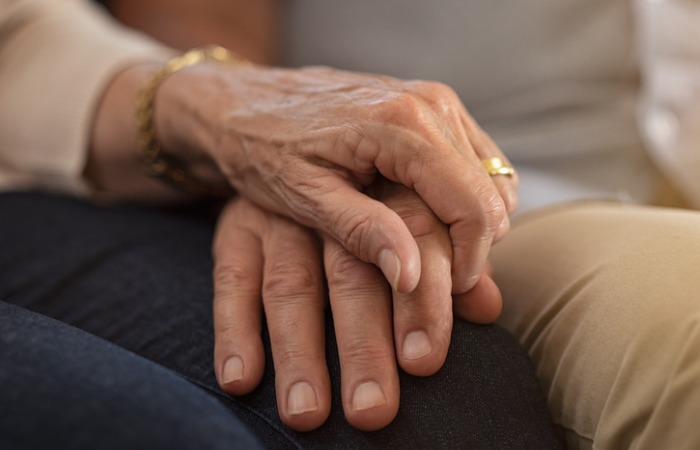
When we hear about a “broken heart”, most people think about an emotional reaction rather than an actual medical problem. However, there is a direct link between severe emotional or physical stress and a potentially serious condition known as broken heart syndrome.
Broken heart syndrome is a common name for stress-induced cardiomyopathy, or takotsubo cardiomyopathy, a condition that affects the heart’s muscle tissue. In 1990, Japanese researchers named the disorder with a variation of the term “tako-tsubo”, which is a clay pot used by Japanese fishermen to trap octopi. The condition causes severe swelling of the left ventricle (one of two lower chambers in the heart), and the swollen ventricle looks similar to the clay pot. Signs and symptoms are nearly identical to those of a heart attack and may include sudden chest pain, shortness of breath, and an irregular heartbeat.
Most people with broken heart syndrome don’t have a history of heart disease. More than 90% of reported cases occur in women age 58 to 75. Research suggests that up to 5% of women evaluated for a heart attack actually have this disorder, which can go unrecognized. Although broken heart syndrome usually is not fatal, it causes heart failure in about 20% of cases. Fortunately, most affected people recover quickly, with no permanent damage to their heart muscle.
What Causes It?
Researchers have not determined a specific cause of broken heart syndrome, but it is known that stress is the trigger for a series of symptoms. The current data strongly suggest that it happens when stress hormones, such as adrenaline, surge into the heart and trigger changes in muscle cells and blood vessels. Those changes prevent the left ventricle from functioning properly. As cardiomyopathy worsens, the weakened heart becomes less able to pump blood or maintain a normal electrical rhythm. The result can be heart failure or an abnormal heartbeat (arrhythmia). A weakened heart can cause other issues, too, such as heart valve problems.
Diagnosing broken heart syndrome can be a challenge, according to Gregory Chapman, MD, a UAB Medicine cardiologist and author of “A Strong and Steady Pulse: Cardiac Stories”, scheduled to be published in 2021. The book details his experience in treating and teaching medical students about various heart conditions.
“Takotsubo looks to all the world like a heart attack,” Dr. Chapman says. “It presents all the typical symptoms, and you could argue that, in a way, it is a kind of heart attack. The only way to know that it’s not a typical heart attack is through examination and tests in a catheter lab, where we can determine through an angiogram (a test using dye and special X-rays) if the arteries are blocked. If we see that the arteries are normal but the left ventricle has severely ballooned out, we may diagnose stress-induced cardiomyopathy, or takotsubo.”
Triggers and Treatment
As for what triggers broken heart syndrome, Dr. Chapman says that chronic stress over time can create serious health problems. With extreme cases of heart conditions, “sometimes our emotions can kill us,” he says. Emotional stressors that may induce cardiomyopathy include:
- The sudden loss of a loved one.
- Being fired from a job.
- An automobile accident.
- A sudden serious illness.
- Domestic violence.
- Experiencing immediate danger, loss, or injury from a natural disaster, such as a tornado or hurricane.
Dr. Chapman recalls the case of a female patient who visited the Emergency Department complaining of chest pain. He suspected broken heart syndrome, because her daughter recently had been killed in a plane crash. An examination in the catheter lab confirmed that the patient had no blocked arteries, while an X-ray showed that her left ventricle was swollen. It was a typical case of broken heart syndrome.
Procedures often used to treat a heart attack – such as balloon angioplasty with stent placement or even surgery – are not effective treatments for broken heart syndrome, Dr. Chapman says. Standard treatment mainly involves medications to manage the symptoms and effects of the cardiomyopathy. Initial recovery normally involves a hospital stay. Afterward, for about 90 days, patients often are prescribed the same medications used to treat congestive heart failure, to support and strengthen the heart. Most patients recover in 30-90 days.
To learn more about cardiovascular services at UAB Medicine, please visit uabmedicine.org/heart. To schedule an appointment with a UAB Medicine cardiologist, call 800-UAB-8816.
